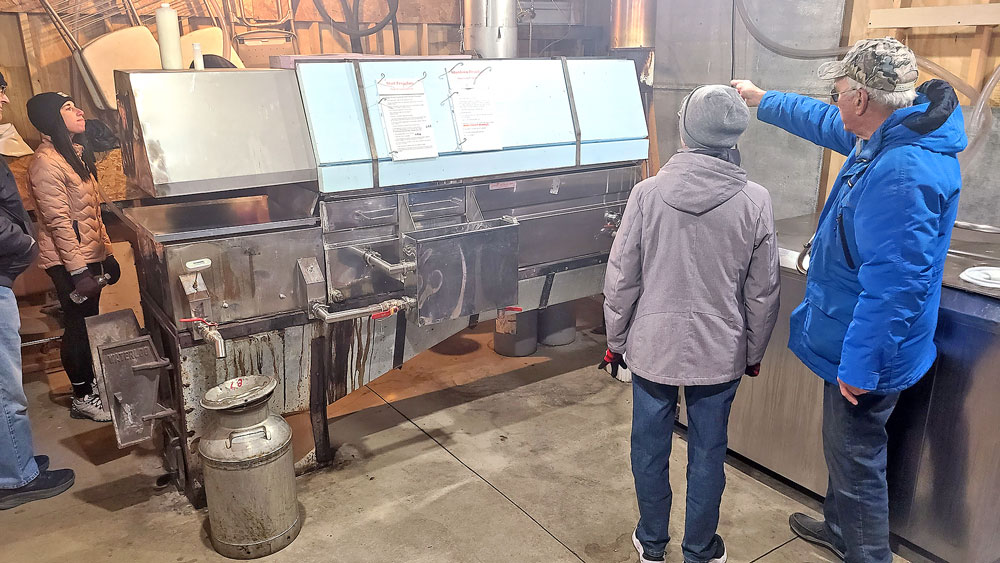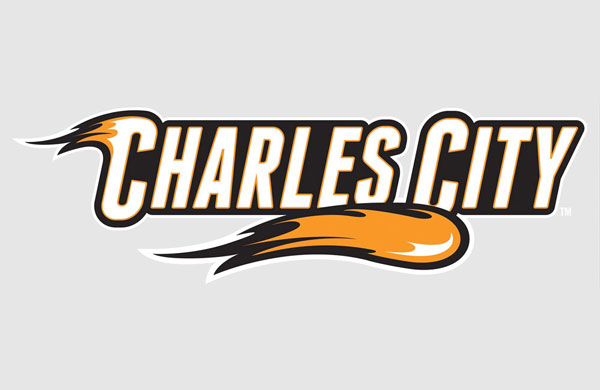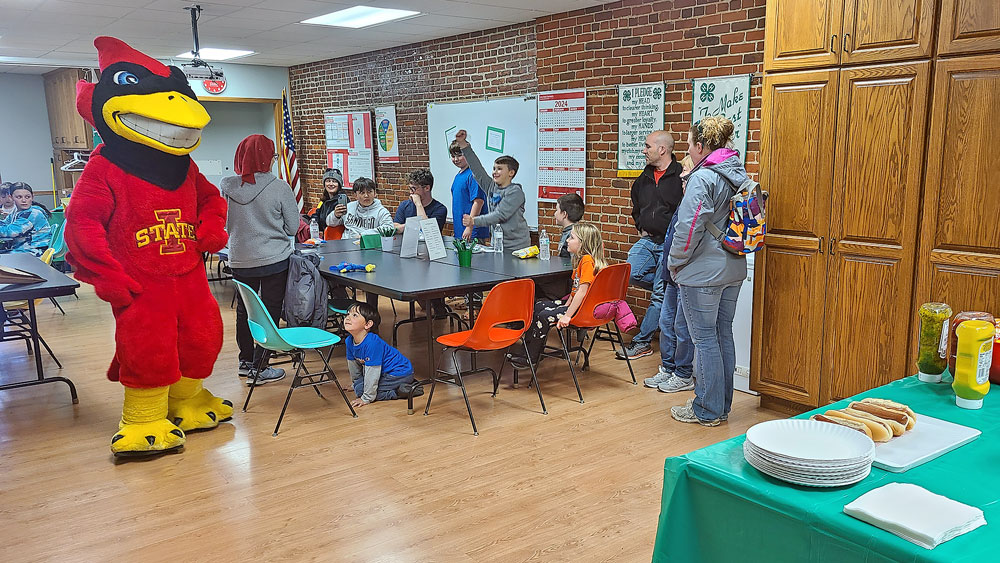Underground energy line could run through Charles City
By Bob Steenson, bsteenson@charlescitypress.com
A proposed $2.5 billion underground transmission line to carry electricity from northcentral Iowa to near Chicago could run through Charles City, if the project is approved by regulators.
Direct Connect Development Co. announced Monday a plan for a 349-mile line to run primarily on Canadian Pacific Railroad right-of-way to carry electricity generated by wind power and solar power from Mason City to Plano, Illinois.
The high-voltage DC-current project is being called the SOO Green Renewable Rail Project.
The project will directly create more than 600 jobs during construction and indirectly create more than 200 permanent jobs during operation, according to the announcement. Additional jobs could be created as wind farms are created or expanded to serve the line.
By burying the transmission cables on property already owned or controlled by railroads, instead of stringing them on high-rise towers, the project would limit environmental impact and hopes to avoid landowner and neighbor resistance that has thwarted some other high voltage overhead power transmission projects.
The lines would also be more secure from weather-related power disruptions such as those caused by ice storms or high winds.
The primary route would run along Canadian Pacific Railroad right-of-way from Mason City through Charles City, through New Hampton over to Marquette, down along the Iowa side of the Mississippi River to Sabula, under the Mississippi River and then run to Byron, Illinois, finally ending in Plano, Illinois.
The route could be extended west from Mason City through Algona to Sheldon, and on the eastern end could be extended to Indiana, up to Wisconsin and even looping back into Minnesota.
“The project’s construction methods will limit impacts to the environment by boring under sensitive habitat, limiting the impact on birds and other endangered species,” according to a press release issued by Direct Connect Development Co. (DC DevCo).
Trey Ward, DC DevCo’s CEO, said that deploying the high-voltage transmission technology along railroads “will create a market segment that doesn’t exist today.”
“The SOO Green project will set the standard regarding how transmission lines are developed and constructed in the U.S.,” Ward said.
SOO Green will serve as a renewable energy hub by connecting two of the largest electric power markets in the United States — the Midcontinent Independent System Operator group (MISO), that includes 15 Midwest states and Manitoba, Canada; and the PJM Interconnection LLC, that includes northern Illinois and parts or all of 12 other eastern states and the District of Columbia.
The project idea had been announced originally in 2017, but the announcement Monday identified three partners that would provide financing.
DC DevCo announced that Jingoli Power of New Jersey, along with two European firms, Siemens Financial Services of Munich, Germany, and Copenhagen Infrastructure Partners of Denmark, will be the main investors for the project.
Siemens will also provide the overall system design, engineering, manufacture and installation of the high voltage DC converter stations that will power the transmission line.
Christian Skakkebaek, senior partner of Copenhagen Infrastructure Partners, said the project “will bring clean energy from the resource-rich Midwest to satisfy the growing demand in Illinois and other eastern markets.”
More than 36 percent of Iowa’s electricity is generated from wind turbines across the state, and that number is expected to grow to 40 percent in the near future.
The press release said the DC DevCo team has more than 150 years of experience in the power and transmission sectors, specializing in renewable energy projects “that focus on de-carbonization, supplying customers with affordable energy and providing a good return for investors.”
“The SOO Green Renewable Rail project is a first-of-its-kind infrastructure project transporting renewable energy through the Midwest via an underground HVDC transmission line along an existing railroad,” the announcement said.










Social Share